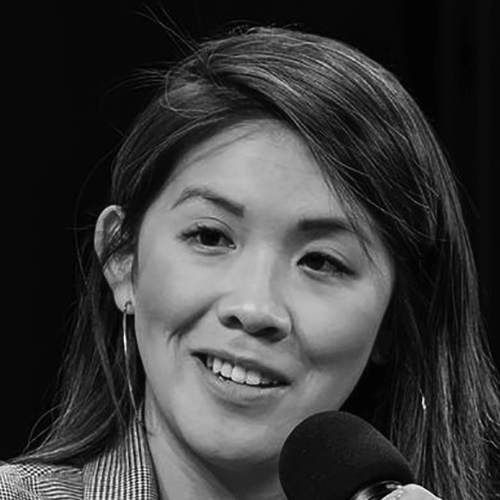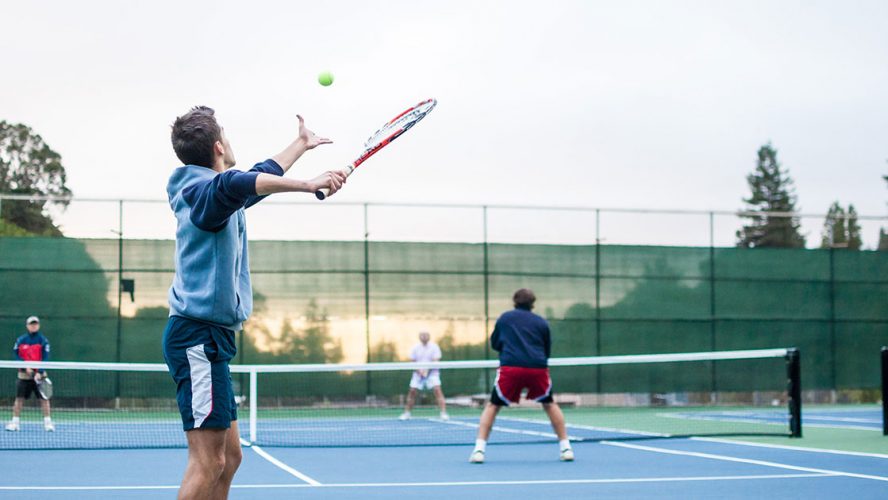
Stephanie Ng
Associate Director, TED-Ed Educator Talks; Former K-3 Teacher
When we talk about online education, we often focus on the digital divide. But when we do close the digital divide, what’s next?
This question has stayed with me the past couple months, after the pandemic struck the United States and I began asking educators across the TED-Ed network to share how they were navigating the crisis.
Unsurprisingly, teachers continue to show a tremendous amount of resiliency and adaptiveness. A district tech administrator in Indiana delivered laptops to families to ensure digital access. A high school science teacher in New York live streamed her solo hikes as part of her interactive environmental science lesson to keep engagement high. A superintendent in California hosted office hours via video conference to continuously convince and motivate students — and parents — to participate in new online learning environments.
This pandemic has brought systemic issue after issue to the surface in our country. One grossly understated issue is the lack of access to technologies for many households. Educators have long gone far above the call of duty to make sure basic fundamental needs are met for all students. They deserve our recognition.
But increasing access and closing the digital divide is only one step toward solving a larger problem: a widening learning gap.
The root of the problem
There are systemic components that are connected, but not always explicitly stated, to this problem. After all, our educational systems reflect the social and institutional inequities of America, and the widening learning gap affects our marginalized students the most. What are we doing to reduce this gap?
We must trust and utilize student ideas. The most powerful learning happens when we use digital access to empower student-centered learning. Only then can we truly move forward in the fight to close the learning gap.
Drawing up a game plan
People often think of learning as a one-way transaction, like a quarterback throwing the ball to a receiver. If the quarterback does their job correctly, it’s expected that the receiver should seamlessly catch the ball and make the most out of the play. Both players have a finite responsibility — the quarterback sets the play and the receiver finishes the play.
Similarly, we expect teachers to master delivering content (throwing the perfect pass) and the student to “catch” the information, run with it, and succeed. That’s why we seek effective digital learning platforms that convey huge banks of knowledge. We assume that if we become better at delivering information virtually, more receivers will be able to make the play.
However, learning is less like a football pass and more like a tennis rally. Just as two tennis players are constantly reading each other’s movements, a teacher and student must react to each other throughout the learning process.
The student serves over a question to the teacher. They volley, or build on the conversation from individualized experiences and curiosities. Learning’s effectiveness isn’t based on a single stroke, but rather the back-and-forth of a rally — an educator’s ability to read their student’s movements and send back thought-provoking responses. But the essential note here is that students should always serve first.
What matters to students
What ideas do students want to delve into? What is currently keeping them up at night?
In the wake of the murder of George Floyd, I’ve read a lot of social commentary asking schools to incorporate virtual anti-racism curriculum. We need this content, urgently.
Simultaneously, we should be asking how we can amplify the voices of our black students and collect the questions of our non-black students. We must create spaces so student reflections and ideas drive how the curriculum is utilized. If the point of learning is to develop innovative, thoughtful citizens who use their education to service our communities and solve our largest problems (e.g., dismantle the existing institutions of racism), they need to know how to share their own stories, listen and learn from the stories of others, and connect with those around them.
After all, there are few things as powerful as amplifying student ideas in digital spaces. Ask the 10,000 protestors in Nashville who, on June 4, followed the leadership of Jade Fuller, Nya Collins, Zee Thomas, Kennedy Green, Emma Rose Smith, and Mikayla Smith — teenagers who organized their efforts online, alongside Black Lives Matter, and formed the largest protest in the region’s recent history.
This is what it looks like when digital access is used to elevate student ideas. Let’s get to work.

